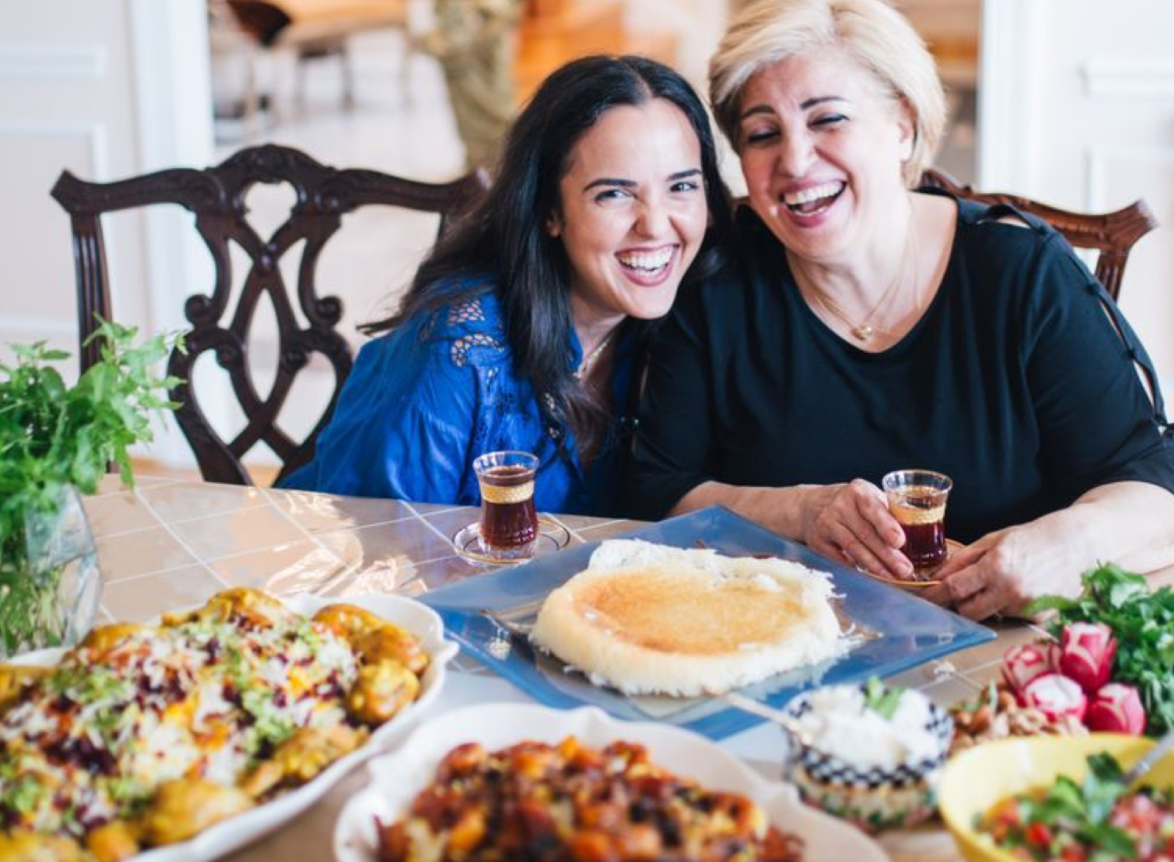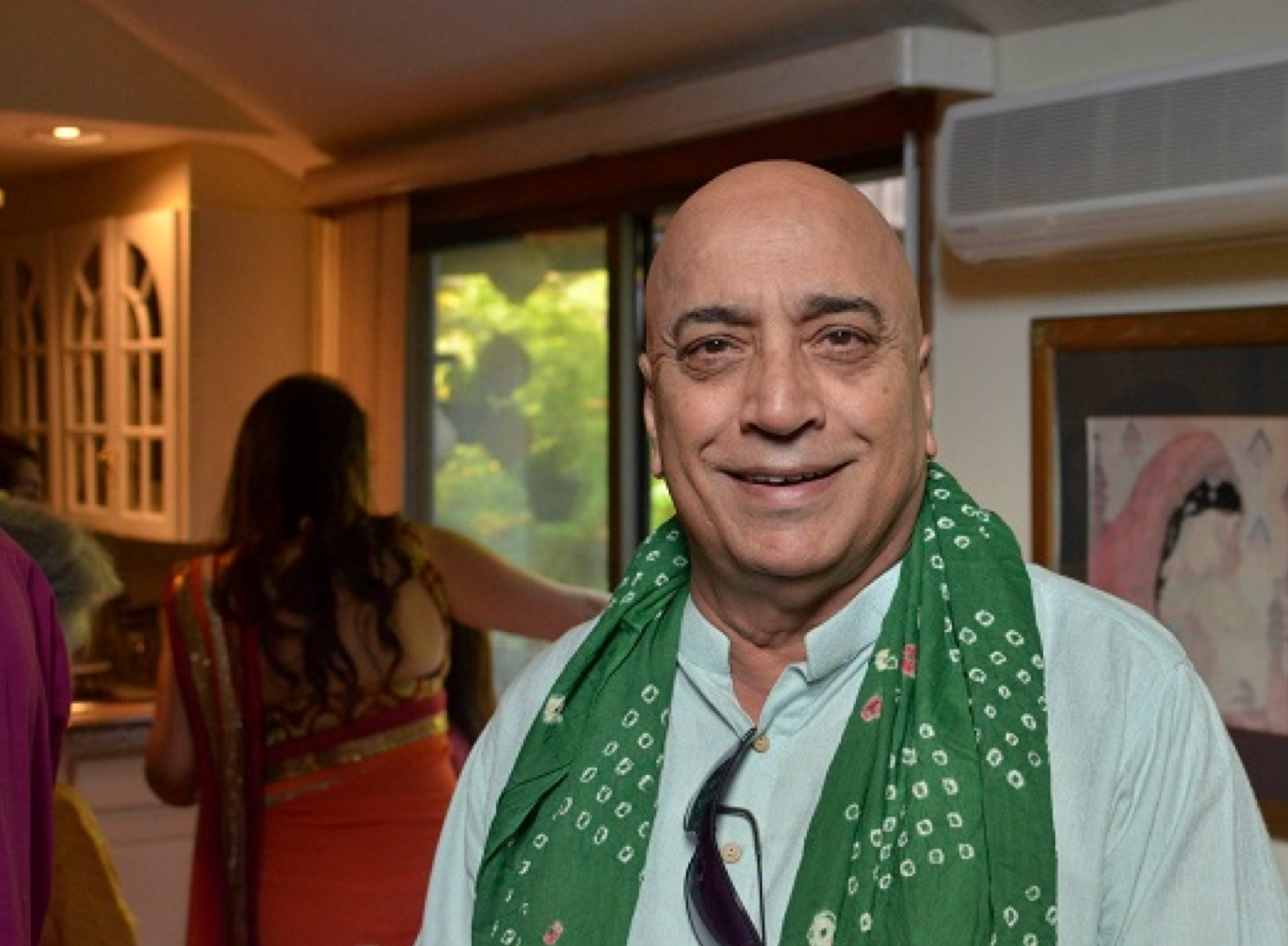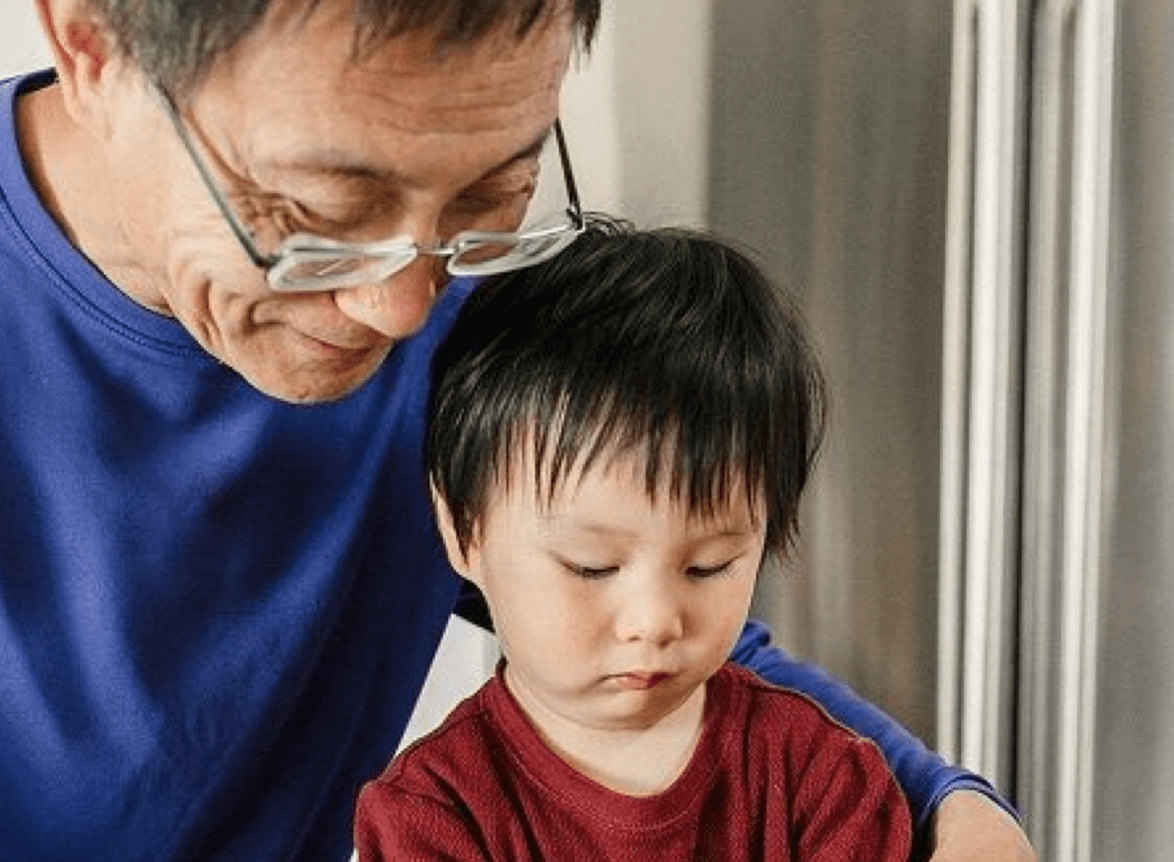By: Sid Valecha
For many Americans, Halloween is a night when the air turns chilly, leaves rustle underfoot and the world embraces its spookier side. It’s a time when costumes come to life, pumpkins glow with eerie faces and the thrill of the unknown lurks around every corner. It is a day that involves costume parties, trick-or-treating, haunted houses and other festive activities.
However, for our larger Heirloom Community, Halloween isn’t merely a holiday. It is an annual tradition that lets us step into a world of mystery and imagination. While Halloween is the one of the most well-known events happening around this time of year, there are a few other observances that happen across the globe.
Join us as we explore these unique cultural celebrations from around the world, and how they compare and differ from each other.
IRELAND
For those of you who enjoy this festive occasion, go ahead and give your thanks to the Irish. Halloween, with its roots deeply embedded in Irish traditions, has a history that spans centuries. The origins of Halloween can be traced back to the Celtic festival of Samhain, a celebration that would welcome the harvest at the end of summer.
Samhain was celebrated on the night of October 31, and it was believed that on this night, the boundaries between the living and the dead were blurred thus allowing spirits to roam freely. As a result, people lit bonfires and wore costumes in hopes of warding off these spirits. The holiday eventually evolved into All Hallows’ Eve, the night before All Saints’ Day on November 1.
The tradition of carving pumpkins also originated in Ireland, although larger turnips stood in place of our beloved orange gourds. Trick-or-treating also pulls from the Irish and Scottish practice of “souling,” where people would go door to door to receive food in exchange for prayers for the dead.
It wasn’t until the 19th century, when a wave of Irish immigrants made their way to North America, bringing with them some of their beloved traditions. Over time, Americans began to blend these cultural influences, adapting it into the community-celebrated event we know it as today.
ITALY
Italians celebrate Ognissanti, a significant religious holiday that is celebrated each year on November 1. The day, also known as All Saints’ Day, can be traced back to the tradition of honoring all saints and martyrs who did not have their own feast days on the liturgical calendar.
The date of November 1 was chosen to coincide with the Celtic festival of Samhain and the Roman festival of Feralia, which both involved honoring the deceased. All Saints’ Day was later established by Pope Gregory III in the 8th century to honor all saints and martyrs, and it was intended to replace pagan celebrations.
Ognissanti is a day to reflect on the lives of these holy individuals and to seek inspiration from their examples of faith and devotion. In Italy, it is a time for religious observance, with special church services and the lighting of candles on the graves of loved ones. Families visit cemeteries to pay their respects to the deceased, clean and decorate their graves and offer prayers for the souls of the departed.
Ognissanti is also a public holiday in Italy, and it is a time for families to come together and share a meal, further strengthening their bonds while remembering those who have passed away. It is a day of reflection, remembrance and celebration of the communion of saints.
MEXICO
Día de los Muertos, often referred to as the “Day of the Dead,” is one of the most iconic and culturally significant holidays in Mexico and some other Latin American countries. It is a unique and colorful celebration that honors deceased loved ones and allows families to remember and celebrate their lives.

This multi-day holiday is celebrated on November 1-2 and centers around building ofrendas, or altars, in homes and cemeteries, adorned with photographs, candles, marigold flowers and favorite foods and beverages of the deceased. Families often gather to remember and celebrate the lives of those who have passed away. Sugar skulls and intricately decorated calavera masks are common symbols of the holiday, and people often paint their faces to resemble skulls.
Día de los Muertos, similar to other traditional Hispanic celebrations, is steeped in indigenous and Catholic traditions. While Día de los Muertos is most closely associated with Mexico, it has also been embraced and adapted by people of Mexican heritage living in other countries, including the United States. It’s important to note that the extent and manner in which these celebrations are observed can vary widely across different Hispanic countries and communities.
There have also been many misconceptions about the intention behind this celebration, as people often misinterpret it as an event that solely focuses on death, implying it is a sad occasion. Other’s have also mislabeled the event as a “Mexican version of Halloween.” However, it is important to note the significance of this event and the strong cultural and spiritual representation of this unique holiday.
CHINA
Similarly, China also celebrates their deceased. The Qingming Festival is a traditional Chinese holiday celebrated on April 4 or April 5 of each year. The event, which is also known as Tomb Sweeping Day, draws Chinese people to literally sweep and clean the tombs of loved ones. The act is considered to be one of the most respectful acts one can take to honor the deceased.
Although it has a distinct cultural and historical significance, the event is quite different from Halloween, although both have a connection to the remembrance of the deceased. While both holidays involve remembrance of the deceased, the cultural and ritual elements of Qingming Festival are distinct from Halloween, which emphasizes fun and spookiness rather than solemnity and ancestral reverence.
Around the world, diverse cultures celebrate holidays that bear some similarities to Halloween, albeit with very unique customs and traditions. Additionally, the meaning behind each of these holidays vary greatly from the American Halloween. However, these global celebrations reflect a universal human theme of remembering and honoring the departed and showcase the rich cultural diversity that exists in how this holiday theme is expressed.
Ready to create your own multicultural cookbook? Shop now
Have more questions? Visit our FAQ section here. Alternatively, you can email us at hello@heirloomproject.co
To get regular updates, follow us on Instagram here







Leave a comment
Your email address will not be published. Required fields are marked *